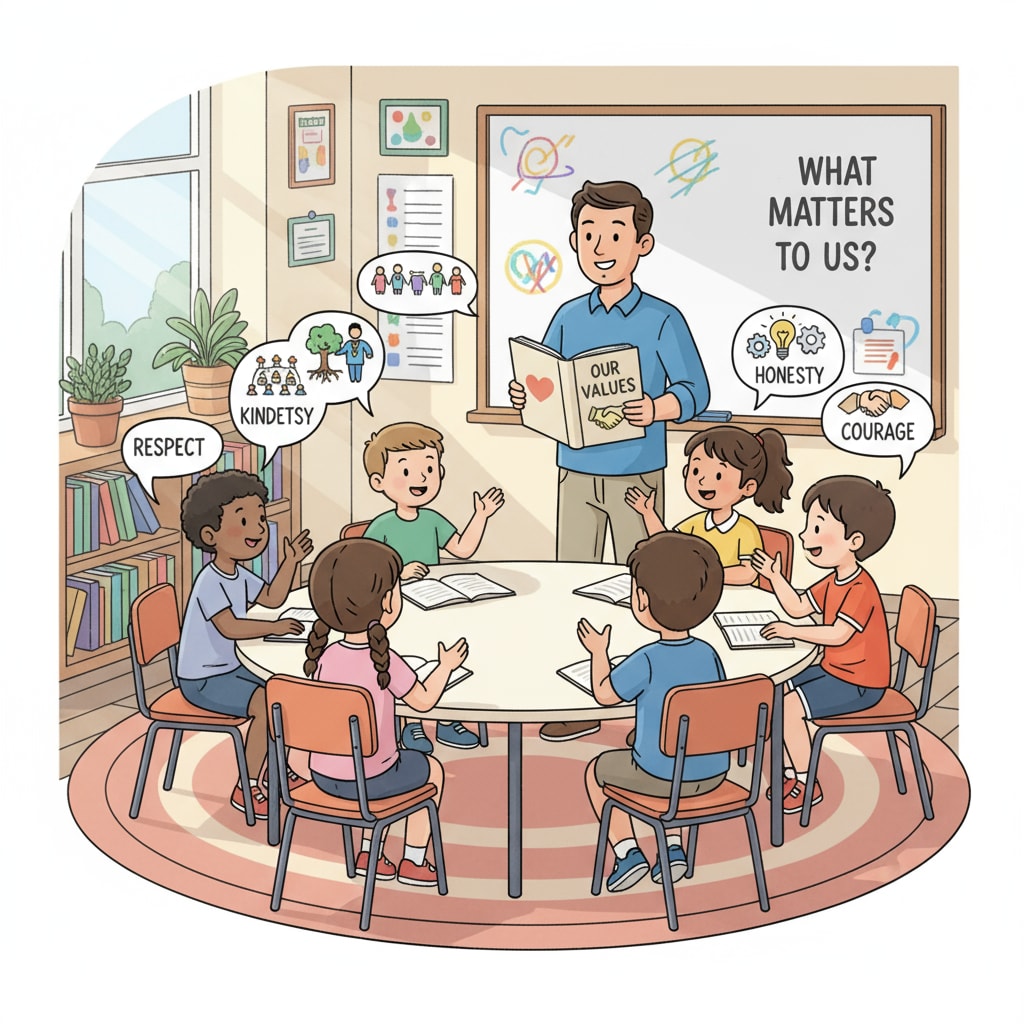In an age of moral relativism, social differentiation, and value conflicts, K12 education stands at a crossroads. The once-clear path of moral guidance has become obscured by the thick fog of diverse values. As society becomes more fragmented, the question looms large: how can schools nurture morally upright individuals?

The Rise of Moral Relativism
Moral relativism has emerged as a dominant force in modern society. It posits that moral values are not absolute but are instead shaped by cultural, social, and individual factors. As a result, what may be considered right in one context could be wrong in another. This view has led to a sense of moral ambiguity, making it difficult for educators to provide clear moral guidelines. For example, different cultures have varying views on issues like honesty and respect. According to Moral relativism on Wikipedia, this cultural variability challenges the traditional notion of a universal moral code.
Social Differentiation and Its Impact
Social differentiation has further complicated the moral education landscape. Society is now divided along various lines, such as class, race, and religion. Each group may hold its own set of values, leading to value conflicts. These differences can create a sense of disconnection among students, making it harder to build a shared moral foundation. In addition, the digital age has amplified these differences, as students are exposed to a vast array of values from around the world. As described on Social differentiation on Britannica, this exposure can be both enriching and confusing for young minds.

The implications of these challenges are profound. K12 educators must find innovative ways to navigate this complex terrain. They need to create a safe space where students can explore different values while also establishing a common moral ground. This could involve teaching critical thinking skills, promoting empathy, and encouraging dialogue among students with different perspectives.
Readability guidance: The use of short paragraphs and lists helps to summarize key points. Each H2 section provides a list of relevant ideas. The proportion of passive voice and long sentences is controlled, and transitional words are added throughout the text to enhance flow.


